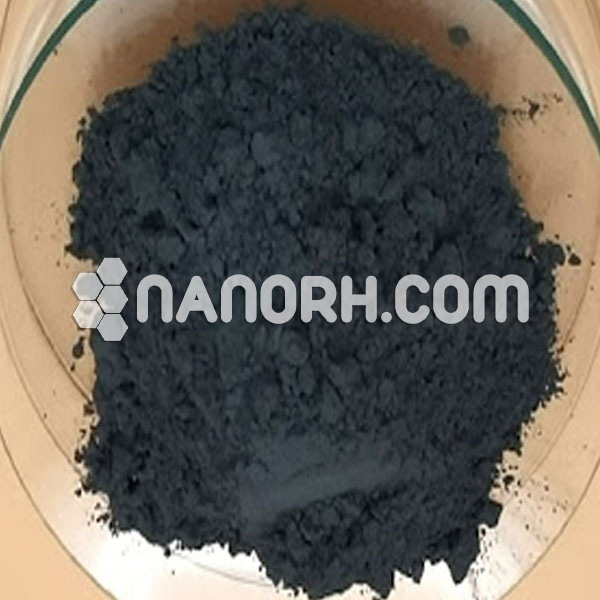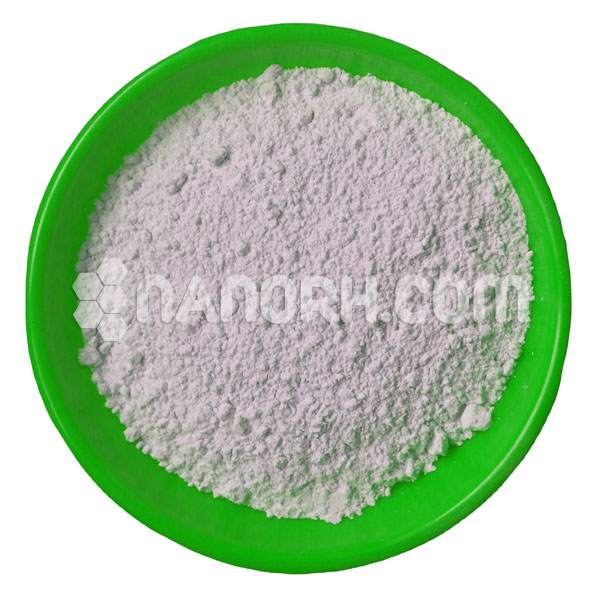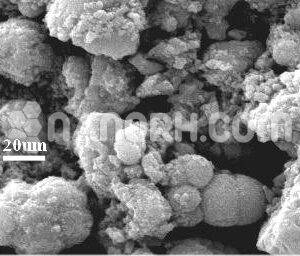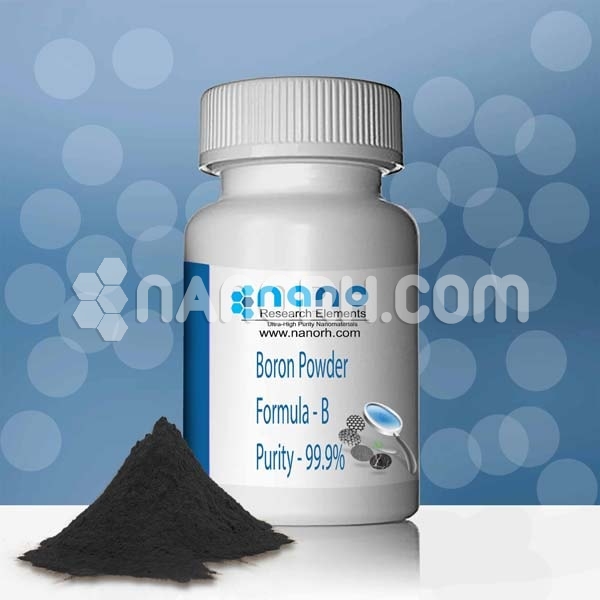| Zirconium Disilicide Powder | |
| Product No | NRE-11301 |
| CAS | 12039-90-6 |
| Purity | 99.5 % |
| APS | -325 Mesh |
| Molecular Weight | 147.39 g/mol |
| Density | 4.88 g/cm³ |
| Color | Gray Powder |
| Molecular Formula | ZrSi2 |
| Melting Point | 1620°C |
| Boiling Point | NA |
Zirconium Disilicide Powder
Zirconium Disilicide powder is a metal silicide compound that combines zirconium (Zr) and silicon (Si) in a 1:2 molar ratio. It is a high-temperature, refractory material with a high melting point and remarkable thermal stability. This material typically appears as a gray to black powder and is used in applications where extreme thermal conditions, mechanical strength, and resistance to oxidation are required.
Applications:
Aerospace and Defense:
Zirconium disilicide is widely used in aerospace and defense applications, particularly for parts exposed to high temperatures. Due to its high melting point, thermal stability, and resistance to oxidation, ZrSi₂ is an ideal material for aerospace propulsion systems, rocket nozzles, heat shields, and thermal protection systems for spacecraft.
In space exploration, ZrSi₂’s properties make it suitable for use in components that experience extreme heat during re-entry or high-speed atmospheric flight, such as thermal shields and guidance systems.
Nuclear Applications:
Zirconium disilicide is also investigated for nuclear applications, where its resistance to radiation and high-temperature stability are critical. It can be used in nuclear reactor cores or as part of fuel cladding materials for nuclear reactors, particularly in high-temperature and high-radiation environments.
ZrSi₂ can be part of advanced nuclear fuel cladding alloys that need to maintain structural integrity under extreme conditions. The material’s high melting point and thermal conductivity help ensure efficient heat dissipation and safety in nuclear reactors.
High-Temperature Alloys:
ZrSi₂ is used as a component in high-temperature alloys due to its excellent thermal stability. It is often alloyed with other metals, such as nickel and titanium, to improve the heat resistance of aerospace and industrial equipment exposed to extreme temperatures.
These alloys are used in high-performance engines, turbine blades, jet propulsion systems, and other applications in aerospace and energy generation industries where materials must withstand constant high heat.




